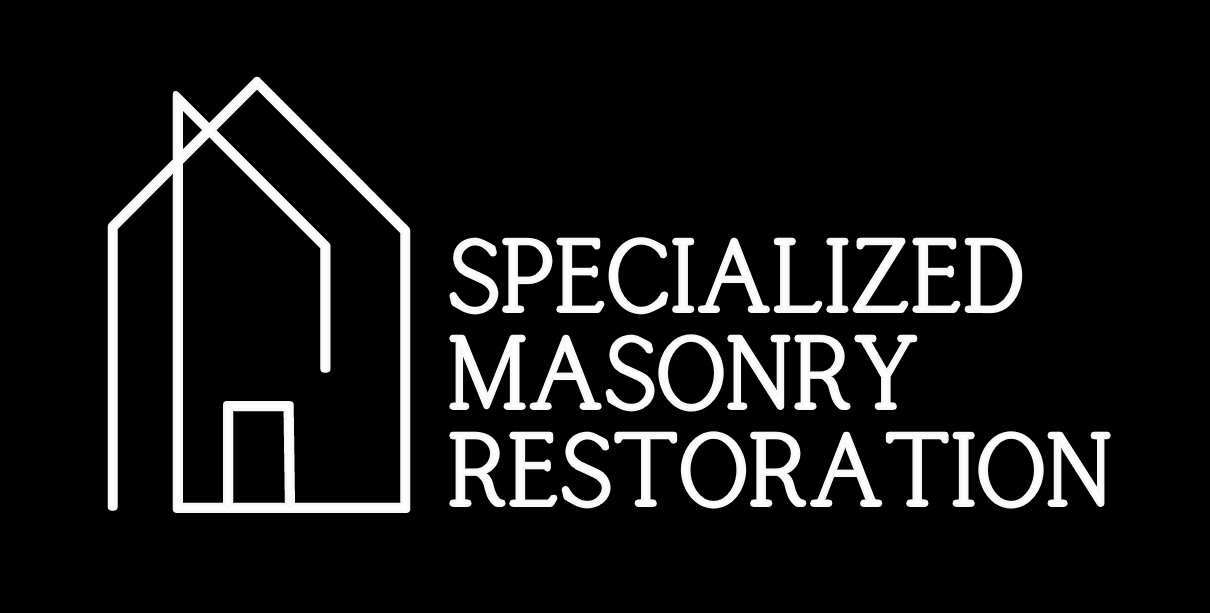The main danger associated with using boom lifts on masonry restoration projects is the risk of the lift tipping over. Boom lifts are designed to lift heavy loads and elevate operators to high heights. However, their narrow base and lightweight structure make them susceptible to tipping over, especially on uneven or unstable ground. When a boom lift tips over, it can cause serious injuries or even death to those on board. In the photo, the operators each used one of their nine lives, and walked away from the scene, with just minor injuries.
Another danger of using boom lifts on masonry restoration projects is electrocution. Since masonry restoration projects sometimes require workers to be near overhead power lines, the risk of electrical shock is high. If a boom lift operator comes into contact with a live wire, they can be severely injured or even killed.
Additionally, when a boom lift is used on a masonry restoration project, it is crucial to ensure that it is parked on stable and level ground. Masonry projects can be done on high-rise buildings, and boom lifts are often placed on narrow platforms. Uneven ground can cause the platform to shift, leading to instability in the boom lift. Moreover, boom lifts should not be operated near traffic or areas with high winds.
One more risk of using boom lifts on masonry restoration projects is the possibility of falling debris. When workers are using boom lifts to reach heights for masonry work, they may dislodge or drop debris, which can injure people below. Heavy equipment like boom lifts can cause significant damage and harm when not used properly, leading to legal liability for the company.
In conclusion, while boom lifts are necessary pieces of equipment for masonry restoration projects, they can also be dangerous when used incorrectly. To prevent accidents, it is crucial to follow best practices for using boom lifts, such as ensuring stable and level ground, never parking near overhead power lines or moving vehicles, wearing proper safety gear and not overloading the boom lift weight capacity. Companies should also invest in proper training of their employees to prevent accidents and minimize the risks. Employing safe practices for boom lifts on masonry restoration projects can prevent accidents, maintain a safe workplace, and reduce potential liability.

